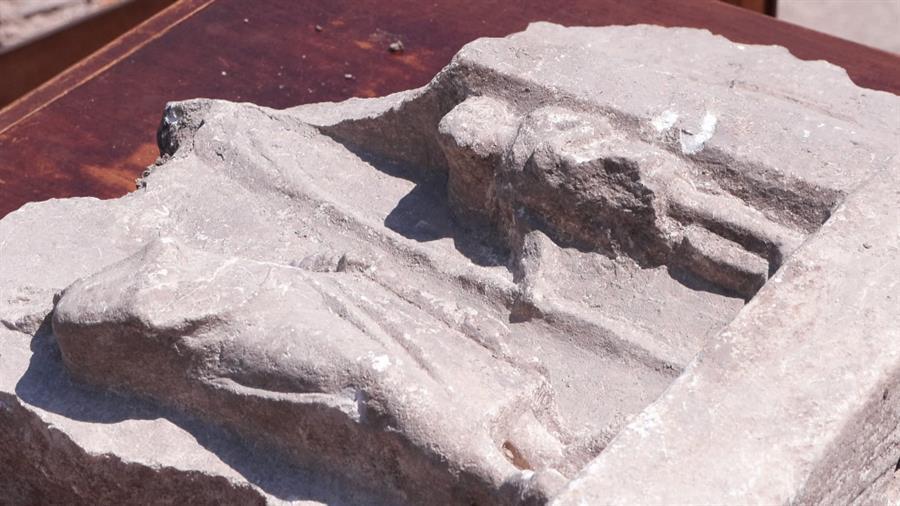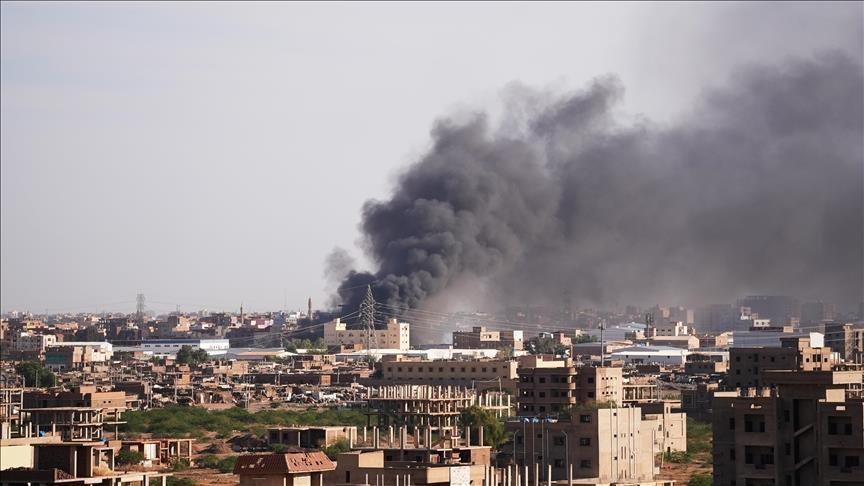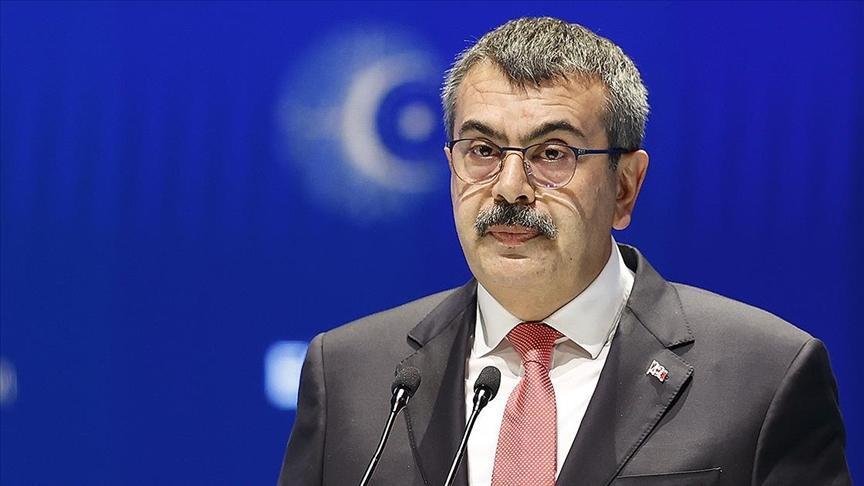Grave steles found in Saraçhane Archaeological Park
ISTANBUL

Three grave stele fragments have come to light during the ongoing excavations by the Istanbul Metropolitan Municipality Heritage team in the Saraçhane Archeology Park.
Sharing the details, Mahir Polat, the deputy secretary general of the municipality, said, "We are happy to gain a very special series to the Istanbul Archaeology Museums."
The new artifacts have been unearthed during the excavations in the Saraçhane Archaeology Park, where St. Polyeuktos Church is located in the Fatih neighborhood.
Four new artifacts thought to have been used as spolia have also come to light in a different wall ruin located approximately 70 centimeters from the surface of the northern section of the structure, where excavations were carried out. It was determined that three of these works were grave steles.
It was reported that there are various symbols on the grave steles, which indicate the status, profession and interests of the dead ones.
“With a very special surprise, the excavation team found three grave steles with reliefs. These finds are extremely important to us in terms of Istanbul's urban history and archaeological richness because the last 100 years of the city are full of rapidly destroyed archaeological sites. Unfortunately, with these losses, the city’s history has been erased and disappeared. We are trying to show how valuable the city is with the Polyeuktos excavations, Bukoleon Palace excavations and lost architectural excavations,” Polat said.
Stating that they are happy to bring a very special series to the Istanbul Archaeological Museums during the excavation at Polyeuktos, Polat said, “The stele, which depicts a female figure, dates between the 3rd and 5th centuries. After finishing the works at Polyeuktos Church, we will move to the part we now call the Roman Palace. In this section, the materials used in the decoration of the palace itself started to appear much more. These artifacts were found 70 centimeters below the excavation level. This is an area where there is such an enormous cultural data, and it is an area where careful excavations should continue.”
Polat said that Polyeuktos will continue to offer a unique experience of history and culture in the center of the city and their ultimate goal is to organize the excavation area as an open museum and archaeology park, which can be visited by locals and tourists.
“We are at the final stage for this. In about two months, people will be able to visit the archaeology park while the excavations are going on. We are excited to see if this grave stele has a reference to Anicia Juliana [a Late Antique Roman imperial princess]. All this information reminds us that it was a big city center at a time before Hagia Sophia was built 1,500 years ago. Considering the size of this excavation area, I can say that an archaeological treasure awaits Istanbul again with enormous finds. We don’t know the surprises this area may bring to us,” Polat said.
















